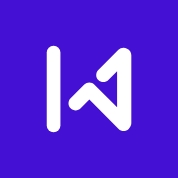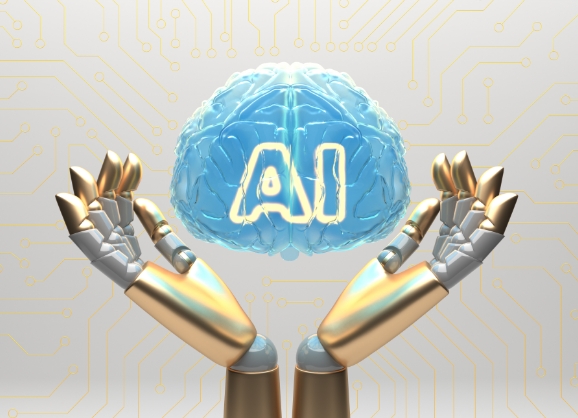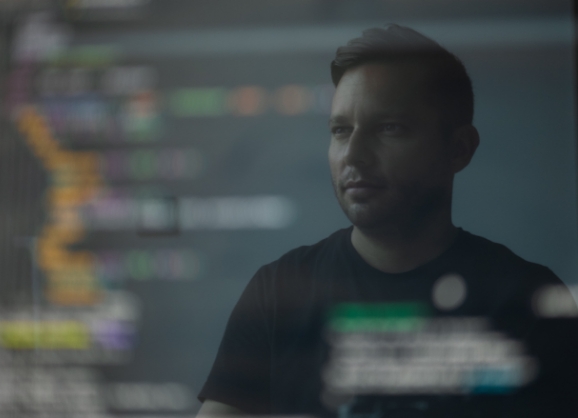Software development is a dynamic field that constantly evolves to meet the ever-changing needs of businesses and consumers. As technology advances, new trends emerge, shaping the future of software development. This article will explore ten prominent trends revolutionizing the software development landscape and driving innovation in the industry. It provides insights into the evolving landscape of software development practices, technologies, and methodologies that will influence the way software is built and deployed in the coming years through the use of case studies:
1. Artificial Intelligence and Machine Learning:
Artificial Intelligence (AI) refers to the ability of machines to perform tasks that typically require human intelligence. Machine Learning (ML) is a subset of AI that focuses on algorithms and models that allow computers to learn and make predictions based on data. Artificial Intelligence (AI) and Machine Learning (ML) are revolutionizing software development by enabling applications to learn, adapt, and improve over time. AI-powered algorithms are used in natural language processing, computer vision, and data analytics, making software more intelligent and capable of making informed decisions. Netflix's Recommendation System - Explore how Netflix utilizes AI and ML algorithms to analyze user behavior and provide personalized recommendations, leading to increased user engagement and retention.
2. Low-Code/No-Code Development:
Low-code/No-Code development platforms allow people with little or no coding experience to build software applications. These platforms provide pre-built components and visual interfaces, enabling users to create applications through simple drag-and-drop or configuration instead of writing code from scratch. Low-code and no-code development platforms empower citizen developers and business users to develop applications without extensive coding knowledge. These platforms provide intuitive visual interfaces and pre-built modules, accelerating software development and reducing time-to-market. These simplified development approaches highlight the potential for increased productivity and faster time-to-market. Highlight how Salesforce's low-code development platform enables users to build custom applications and automate business processes without extensive coding, resulting in faster time-to-market and increased productivity.
3. Cloud-Native Development:
There is a shift towards cloud-native development, where applications are designed specifically for cloud platforms, taking advantage of scalability, flexibility, and cost efficiencies. It discusses containerization, microservices, and serverless computing in this context. Cloud-native development leverages the power of cloud computing to build and deploy scalable, resilient, and highly available applications. With cloud-native architectures, developers can focus on building core functionalities while relying on cloud providers for infrastructure management and scalability. Airbnb adopted a cloud-native approach by transitioning to a microservices architecture, allowing them to scale rapidly, improve fault tolerance, and enhance overall system performance.
4. DevOps and Continuous Integration/Continuous Deployment (CI/CD):
DevOps bridges the gap between development and operations teams, fostering collaboration, automation, and faster software delivery. DevOps and Agile methodologies continue to gain traction in the software development world. These approaches emphasize collaboration, iterative development, and continuous integration and delivery, enabling teams to deliver high-quality software faster and more efficiently. Amazon uses CI/CD practices to deploy software changes frequently and reliably, enabling faster innovation cycles and ensuring the high availability of their services.
5. Internet of Things (IoT) and Embedded Systems:
The Internet of Things (IoT) refers to the network of physical devices embedded with sensors, software, and connectivity that enable them to collect and exchange data. IoT highlights the challenges and opportunities presented by interconnected devices and the need for software developers to design and manage applications for the IoT ecosystem. The IoT connects devices and enables software applications to interact with the physical world. Software developers are building IoT applications that collect and analyze data from sensors and devices, leading to innovations in smart homes, industrial automation, and healthcare. Philips Hue Smart Lighting leverages IoT and embedded systems to create a connected lighting ecosystem. This lets users control and customize their lighting experiences through a mobile app or voice commands.
6. Blockchain and Distributed Ledger Technology:
Blockchain is a decentralized digital ledger that records transactions across multiple computers, ensuring transparency, security, and immutability. Distributed Ledger Technology is a fancy way of saying that this file is stored in many places so that it's very safe and everyone can see it. Blockchain can enhance security, transparency, and trust in various industries like finance, supply chain, and healthcare. Blockchain technology disrupts industries by providing secure and transparent transactions and decentralized systems. Software developers are exploring blockchain applications beyond cryptocurrencies, such as supply chain management, identity verification, and smart contracts.
7. Agile and Lean Development:
Agile and Lean Development are iterative and customer-centric approaches to software development. Agile emphasizes flexibility, collaboration, and change response, while Lean focuses on eliminating waste, improving efficiency, and delivering value quickly. These iterative and customer-centric approaches enable teams to adapt to changing requirements, improve collaboration, and provide value incrementally.
8. User Experience (UX) Design:
User Experience (UX) Design focuses on creating intuitive and enjoyable interactions between users and software applications. It involves understanding user needs, conducting usability testing, and designing interfaces that are easy to use and visually appealing. It highlights the need to prioritize user-centered design principles, usability testing, and intuitive interfaces to create exceptional user experiences. Examine how Apple's focus on intuitive interfaces, seamless user experiences, and aesthetically pleasing designs has contributed to its success and customer loyalty.
9. Big Data and Analytics:
Data and analytics are transforming software development. Big Data refers to the large volume of structured and unstructured data organizations collect and analyze to extract valuable insights. Analytics involves using tools and techniques to process and interpret this data to make informed decisions and discover patterns or trends. It explores the role of data-driven decision-making, real-time analytics, and insights derived from large datasets in optimizing software performance and user experiences.
10. Cybersecurity and Privacy:
The growing significance of cybersecurity and privacy considerations in software development emphasize the need for robust security measures, secure coding practices, and adherence to data protection regulations to safeguard software and user information. Cybersecurity and privacy have become critical concerns as software increasingly integrates into our lives. Developers are incorporating security measures, such as encryption, authentication, and vulnerability testing, into their development workflows to protect user data and ensure the integrity of software applications.
The future of software development is an exciting and rapidly evolving landscape. AI and ML, low-code development, DevOps, cloud-native architectures, IoT, blockchain, microservices, serverless computing, cybersecurity, et al., are among the prominent trends shaping the industry. By keeping up with these trends, software developers can stay ahead of the curve and unlock new opportunities for innovation and growth.




